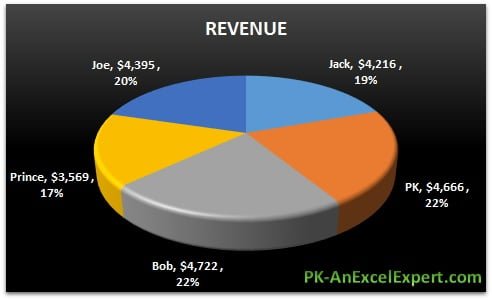
The dots form patterns which allow the viewer to draw their conclusions. Scatterplots - These show different variables plotted alongs axes with dots. Line Charts - These involve points that are plotted along axes and are good for tracking trends and changes over time. Tables - Another old favorite, tables are made up of rows and columns and are good for showing a lot of information in a tidy, easy-to-read way. Let’s take a look at a few of the most popular options:īar graphs - Most people are familiar with bar charts which show bars plotted along axes and are used to compare different factors or categories. In order to choose the right kinds of visualizations for you and your stakeholders, you have to know a little about the different kinds and what purpose they serve. From there you can decide how simple or complex your visualization can be, and whether you need to add any explanatory notes. And, you should keep in mind their abilities to read different kinds of graphs and charts. You will also need to assess how familiar they are with the information you are presenting. So, you will need to ask yourself what question they are trying to answer with this data and work from there. Your job is to make it easy for your viewer to make the business decisions they need to based on the data you are displaying for them. This is essential because if you design based on what you want to communicate to your end-end-viewer, it’s more likely that they will easily be able to grasp that information.

Make them organized, consistent and intuitive.īefore choosing your datavis design, it’s essential that you know what you want to achieve from your visualizations, and who will be viewing them.Choose the right types of visualizations.These will enhance the value and effectiveness of your visualisations. When designing your dashboards and visualizations, there are certain principles or tips you should keep in mind to achieve this efficacy. So, it’s important to make sure that your data visualizations are effective. As we’ve mentioned, a poorly designed visualization can end up doing more harm than good. Data Visualization Designĭata visualization can be a powerful tool. This is only one of the ways, data visualization, coupled with data analysis, can help. If you are trying to get insights regarding your customer experience (CX), you need an easy way to pick up trends and insights within your data quickly. Therefore, to help our brains process large amounts of information and draw useful conclusions, we need to feed it information in a visual format.ĭata visualization is also good for business. In fact, of the information that is transmitted to our brains, 90% is visual. We also respond much better to visuals rather than text. It’s impossible for us to process a large amount of unstructured data and draw conclusions. Why? Humans find it difficult to process and interpret large amounts of text or numbers. This is done because it’s easier for the human brain to comprehend information in a visual representation rather than its raw form.ĭata visualization is a key part of any good data strategy.

BASIC DATA VISUALIZATION FREE
Here we’ll start with the basics of datavis, then take you through 6 key principles you can implement for successful data visualization design.įeel free to click through to the section that interests you the most here:ĭata visualization is the act of turning data and numbers into the form of maps, charts, graphs or infographics. A badly designed visualization can be confusing and might lead to the viewer coming to inaccurate conclusions. This means carefully planning your designs. It follows, then, that the way in which those data visualizations are designed is crucial to achieving that goal.īefore you set out on your datavis journey, it’s important to make sure that your visualizations are telling the story you want them to. Data visualization is one of these practices.ĭata visualization makes it easier to understand and interpret large amounts of text and data by transforming it into a visual form.

To make your data more accessible to a wider audience, you need to have the correct tools and practices in place. It’s essential that leaders and stakeholders alike are able to access data to gain business insights and a competitive advantage. Data is no longer something that just data specialists need to think about - data now drives all good business decisions.


 0 kommentar(er)
0 kommentar(er)
